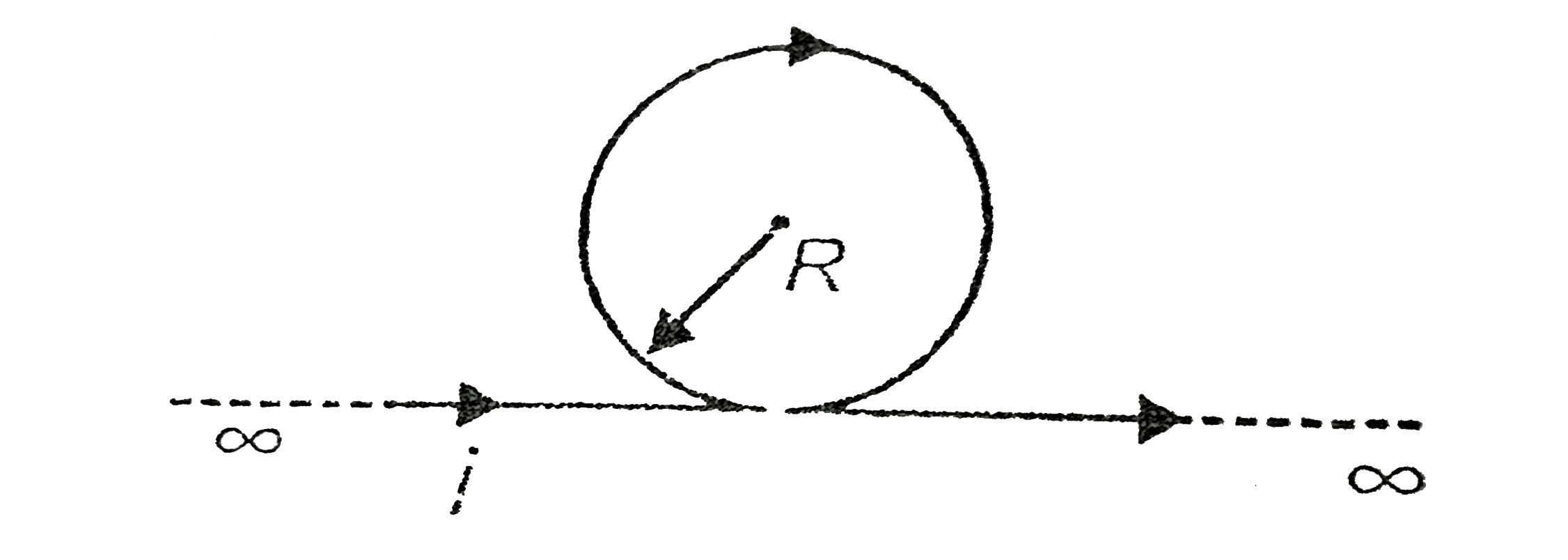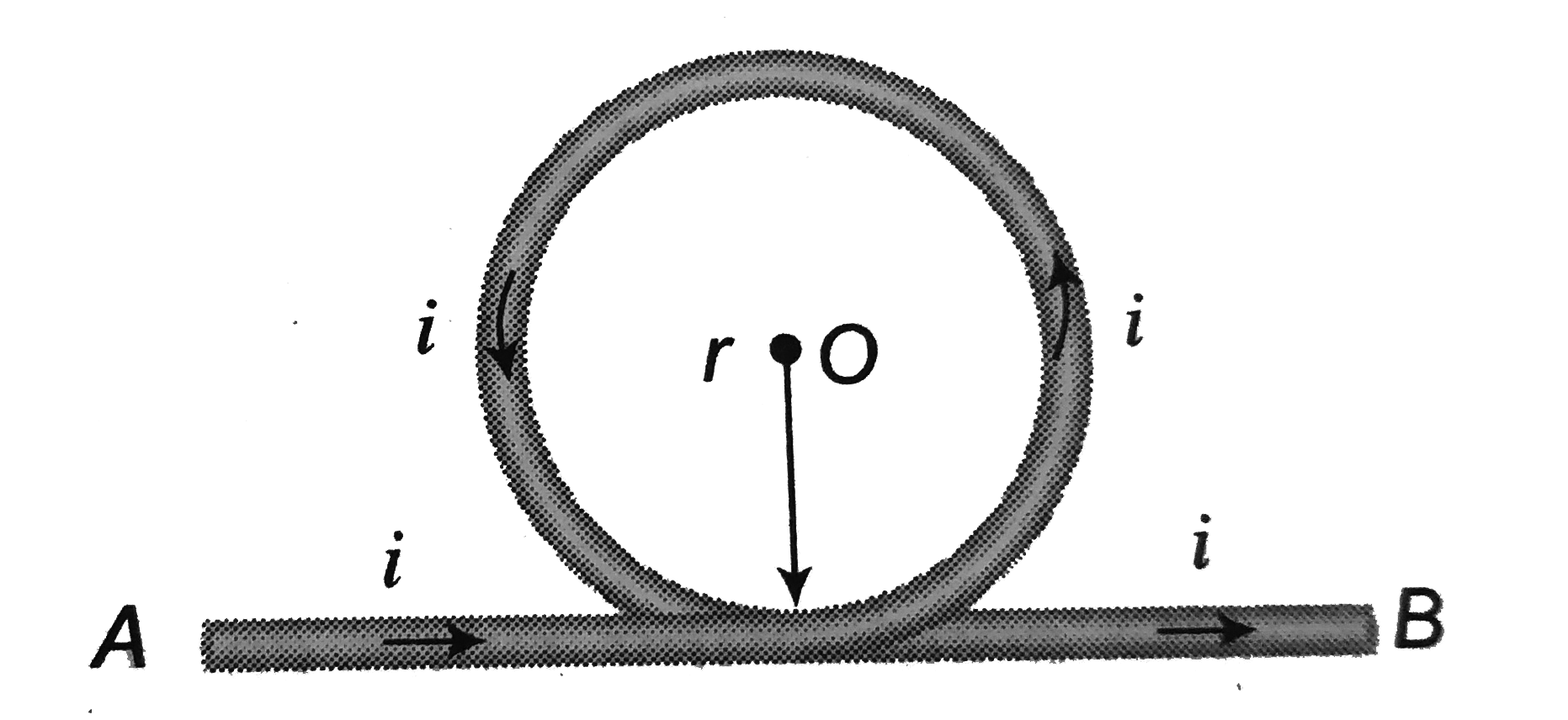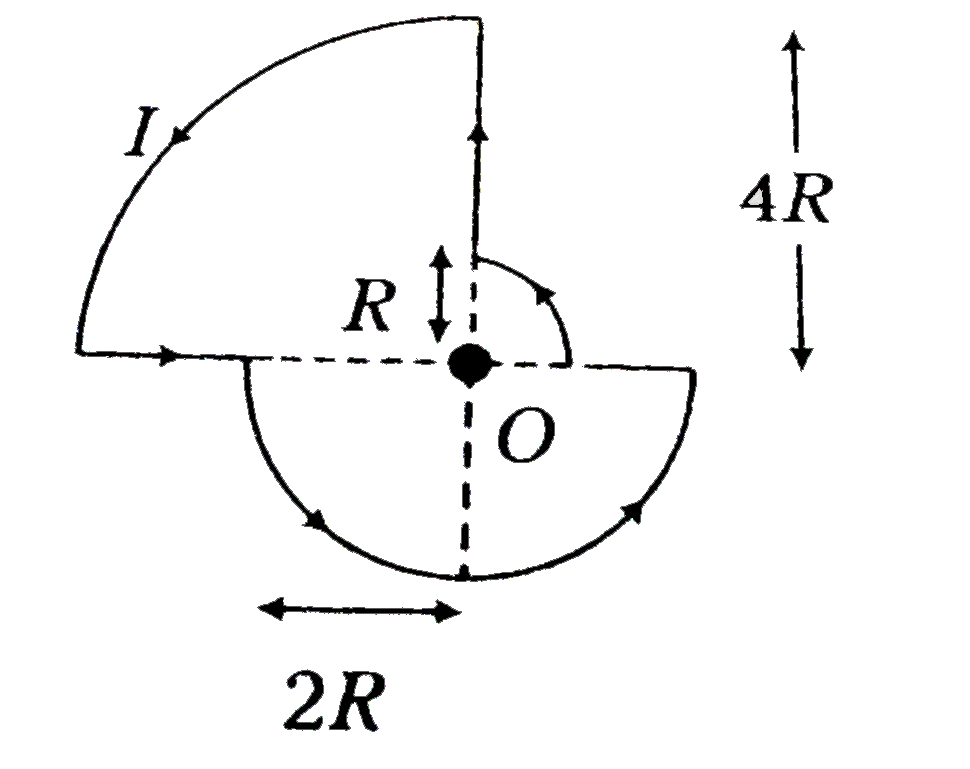B0 is the magnetic field at point P for a given straight wire as shown in figure. If this wirre is bent into a circular loop, then magnetic field at the centre of loop is_PHY_E06_130_Q01.png)
√2πB0
πB0√2
√2π2B0
π2B0√2
Step by step video & image solution for B_0 is the magnetic field at point P for a given straight wire as shown in figure. If this wirre is bent into a circular loop, then magnetic field at the centre of loop is by Physics experts to help you in doubts & scoring excellent marks in Class 12 exams.
Updated on:21/07/2023Similar Questions
B0 is the magnetic field at point P fir s given straight wire as shown in figure. If this wire is bent into a circular loop,then magnetic field at the center of the loop is
_PHY_E06_051_Q01.png)
View SolutionA current loop in a magnetic field
View SolutionA long wire carrying a steady current is bent into a circular loop of one turn. The magnetic field at the centre of the loop is B. it is then bent into a circular coil of n turns. The magnetic field at the centre of this coil of n turns will be
View SolutionA square loop of side a carris a current I. The magnetic field at the centre of the loop is
View SolutionA long wire carries a steady curent . It is bent into a circle of one turn and the magnetic field at the centre of the coil is B. It is then bent into a circular loop of n turns. The magnetic field at the centre of the coil will be
View SolutionA long wire carries a steady curent . It is bent into a circle of one turn and the magnetic field at the centre of the coil is B. It is then bent into a circular loop of n turns. The magnetic field at the centre of the coil will be
View SolutionFind the magnetic field at the centre of the circular loop shown in figure.

View SolutionThe resistance of three parts of a circular loop is shown in the figure. The magnetic field at the centre 0 is
View SolutionA part of a long wire carrying a current i is bent into a circle of radius r as shown in figure. The net magnetic field at the centre O of the circular loop is

View SolutionFind the magnetic field at the centre O of the loop shown in the figure

View Solution
